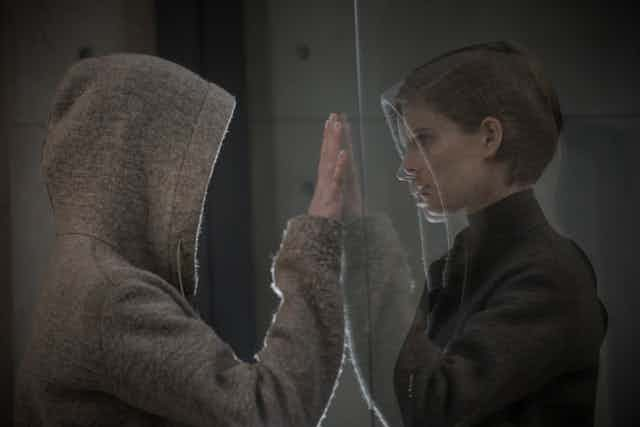More people have been talking about the trailer for the sci-fi/horror film Morgan than the movie itself. It’s partly because the commercial and critical response to the film has been less than lukewarm, and partly because the clip was the first to be created entirely by artificial intelligence.
At the request of the filmmakers at 20th Century Fox, IBM used its supercomputer Watson to build a trailer from the final version of Morgan, which tells the story of an artificially created human. First Watson was fed background information on the horror genre in the form of a hundred film trailers. It used visual and aural analysis in order to identify the images, sounds, and emotions that are usually found in frightening and suspenseful trailers.
Watson then analysed Morgan and identified the key moments of plot action from which a trailer of the film could be generated. Only the final act of putting the sounds and images together to create the trailer required human intervention.
So how did Watson do? The trailer features the familiar visual and narrative devices that have been the staple of horror film: the reclusive “mad” scientist, the businesslike “investigator”, the eerie soundtrack including the main theme and a lullaby that evokes themes of childhood and innocence (contrasted with images of physical violence and bloodshed others). In fact, the iconography featured in Watson’s trailer reaffirms what many film theorists say are the generic conventions of horror films, based on iconic examples such as the 1931 version of Frankenstein.
But is the purpose of a film trailer just to repeat the generic conventions that characterise a film? While some trailers clearly do this, or simply trumpet the presence of star actors, others highlight the film’s spectacular possibilities. Early film trailers often described the wonders of the emerging technology of cinema such as synchorised sound (Vitaphone) and Technicolor and many still underline the historical moment of the film. Others focus on explaining the story and conveying the movie’s look, feel and themes“ for the prospective audience.
Capturing horror themes
The Watson trailer for Morgan succeeds in identifying the aesthetic and thematic motifs of the film, as well as the emotional charges that underpin them. For example, it references a trope of the horror genre made familiar by films such as The Exorcist (1974) and The Omen (1976), which dispels the presumed innocence of children. In the Watson trailer we see this represented with images of Morgan’s first birthday contrasted with images of bloody violence. Meanwhile, the use of lines of dialogue such as "I have to say goodbye to mother” is clearly based on the supercomputer’s ability to identify Freudian themes from well known examples in the horror genre, most notably Psycho (1960).
What Watson doesn’t do is give viewers a clear understanding of the story (or provide any of the other historical functions of Hollywood trailers). The difference becomes obvious if you compare the Watson-made trailer to with the film’s “official” (human-made) clip, which reveals three narrative threads to the storyline, as well as using many of the stock motifs identified by Watson.
By showing clips of three different parts of the story, the official trailer creates a series of enigmatic questions to arouse the viewers’ interest. What is kept behind the scratched glass wall? What kind of creature is the titular artificial being Morgan? Will the danger implied by the images of death be contained?
The Watson trailer doesn’t manage such a sophisticated retelling of the story. Based on its analysis of horror movie trailers, the supercomputer has created a striking visual and aural collage with a remarkably perceptive selection of images. But the official trailer is more than a random collection of visual and sound motifs. It is a film about the film, and is structured to communicate with its intended viewership by using a gift that the supercomputer doesn’t yet possess – the gift of narrative.

